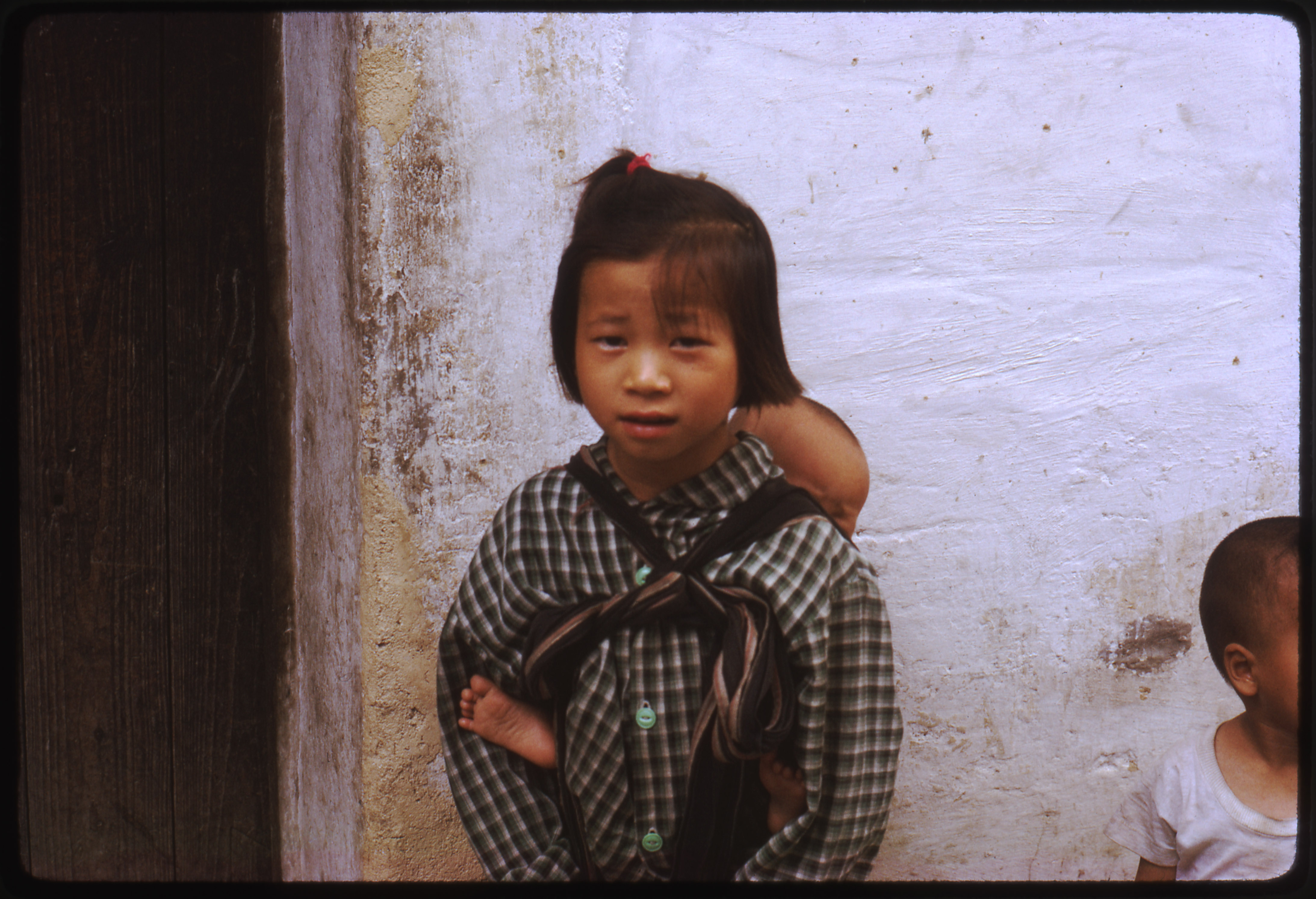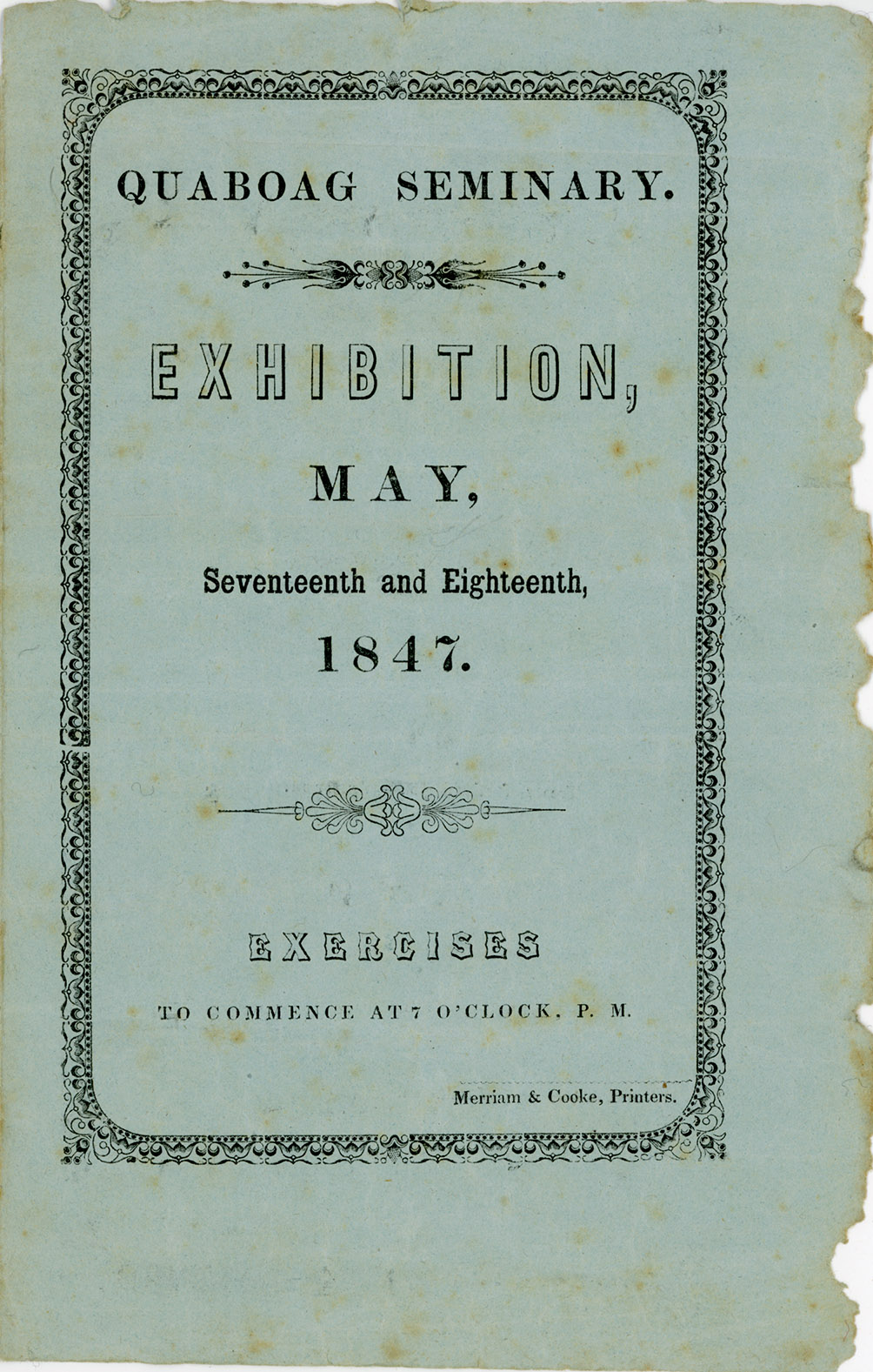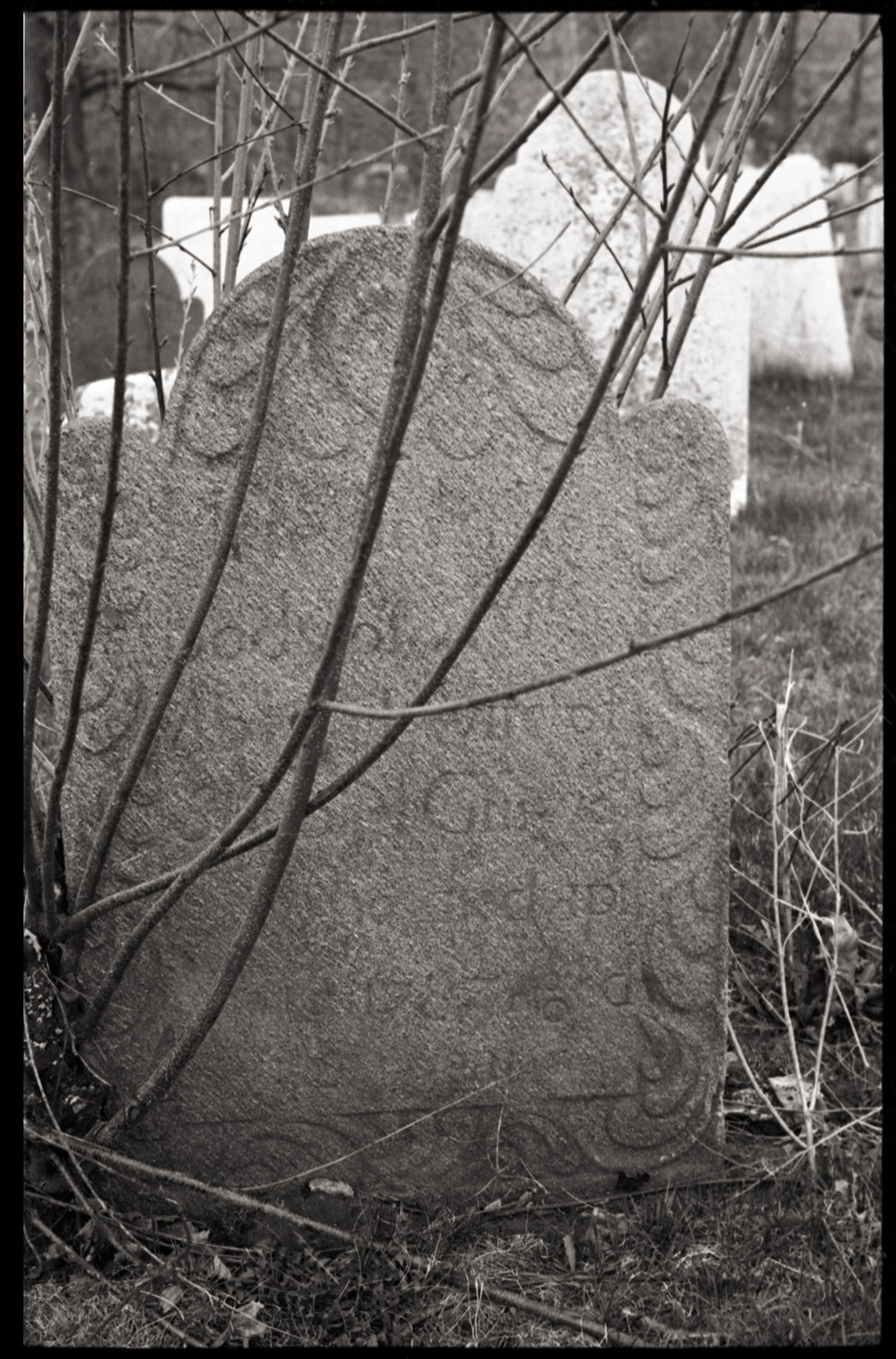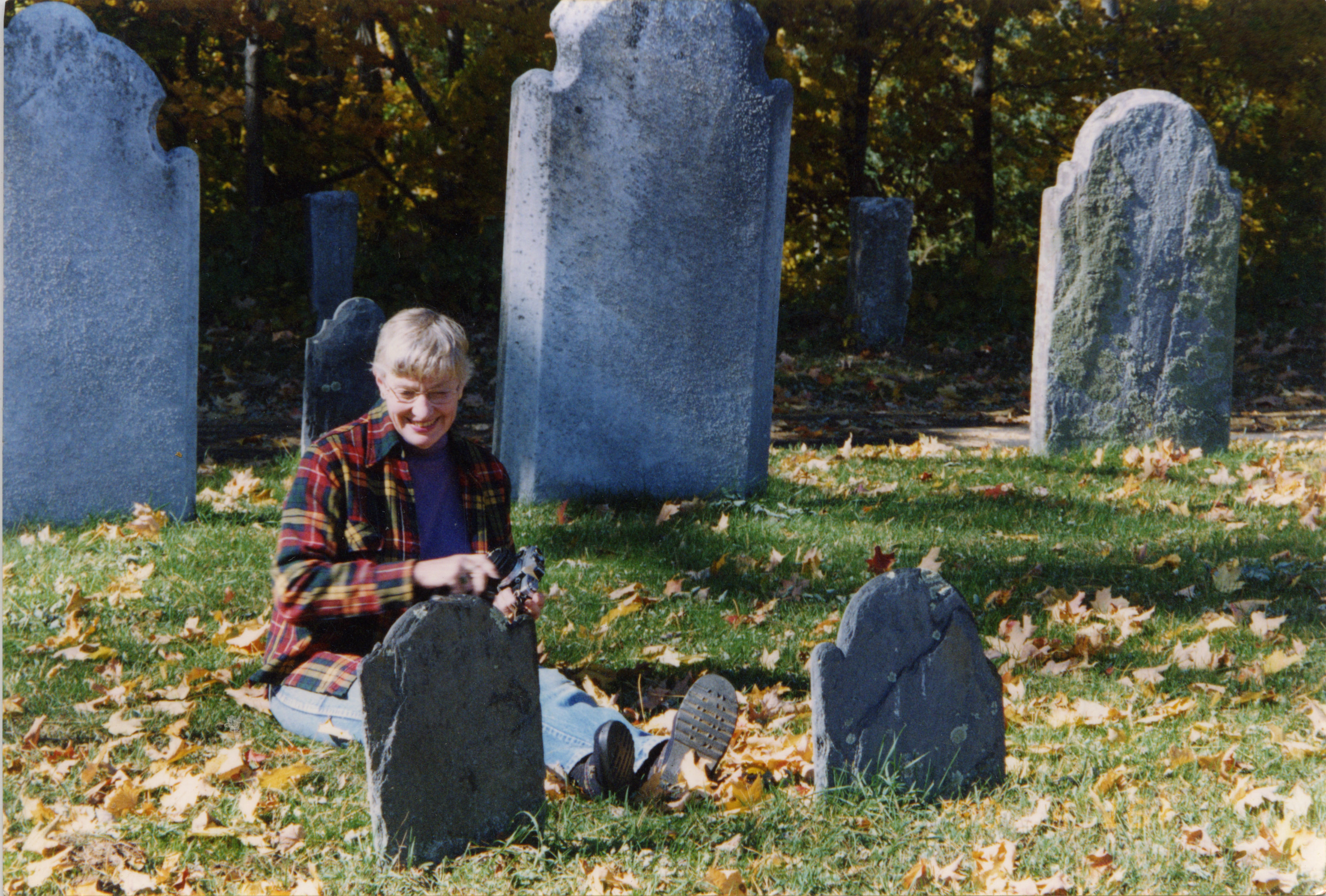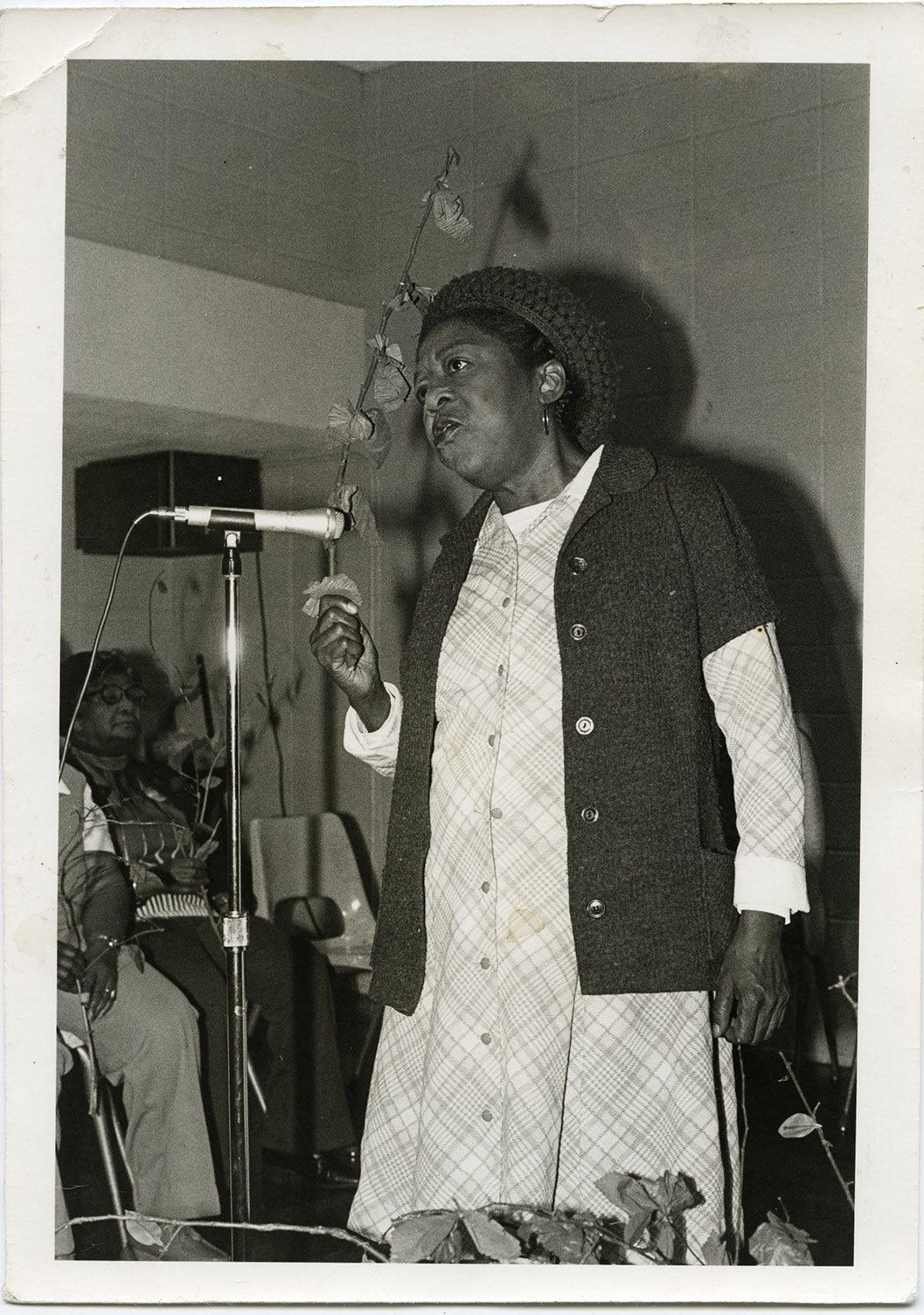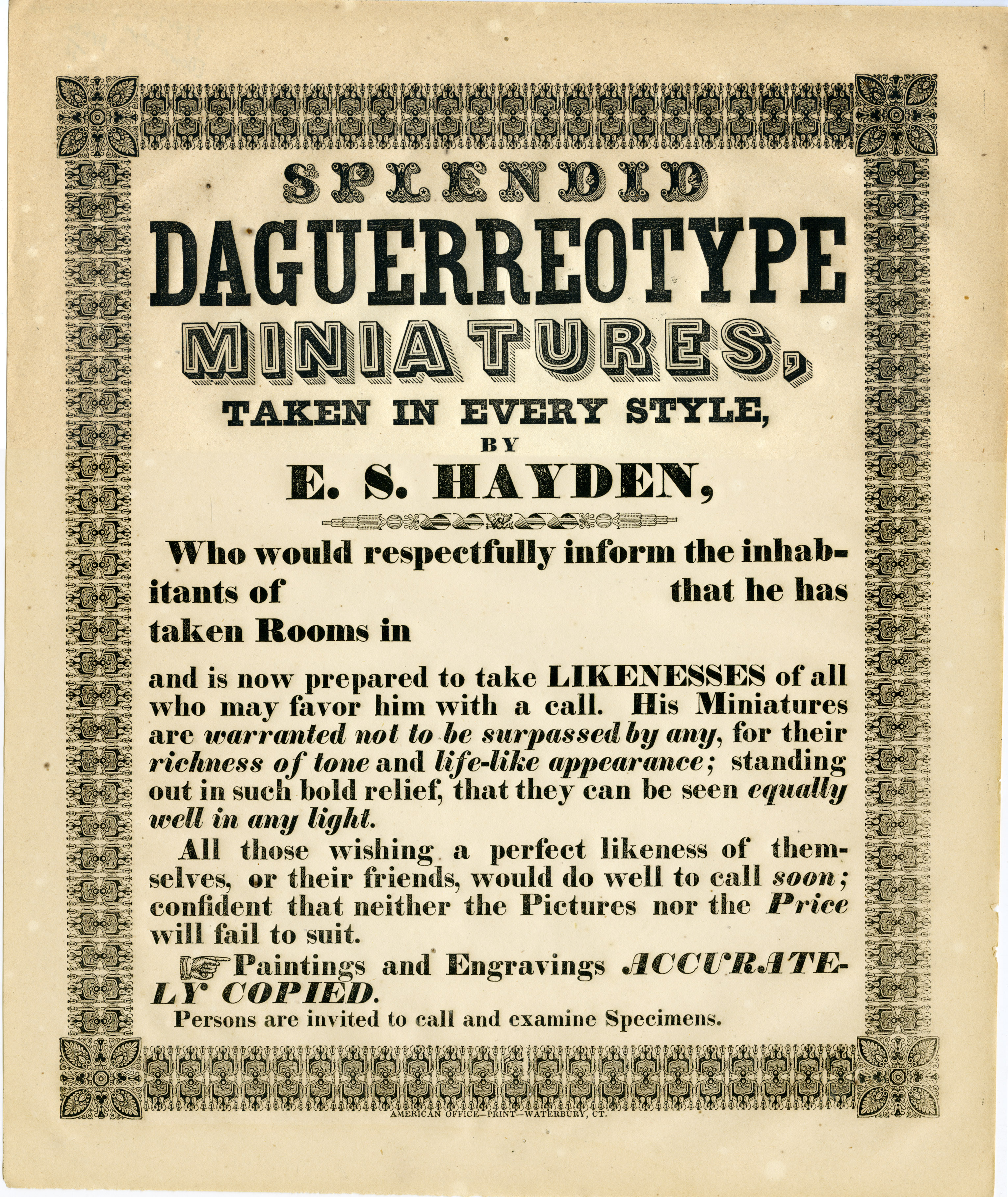Maryo Gard Ewell Papers
A pioneer in arts programs in community development, Maryo Gard Ewell is a graduate of Bryn Mawr College with masters degrees from Yale (1972) and the University of Colorado Denver (1992). Beginning her career with arts councils in Connecticut, Ewell went on to become leadership positions wih the Illinois Arts Council and the Colorado Council on the Arts (1982-2003). A co-author of the influential The Arts in the Small Community (2006), she is a sought-after speaker and collaborator, serving as a board member and consultant for arts agencies across the country. Among other awards, she has been recognized with the “Arts Are The Heart Award” in Colorado; an Honorary Doctor of Humane Letters from Goucher College; and the Selina Roberts Ottum Award from Americans for the Arts (1995). Since retiring in 2003, Ewell has remained active as a consultant, educator, and speaker.
This collection contains materials relating to two significant developments in the history of of community arts in the United States: records relating to how selected states decentralized arts funding in 1970s, and to early efforts of the National Endowment for the Arts to create a program to serve local arts agencies from the mid-1970s through the mid-1990s. In addition, there are records documenting a project, commissioned by Americans for the Arts in 2007, to trace the history of community arts councils from the first in 1948 through the 1960s when the National Endowment for the Humanities was formed.

